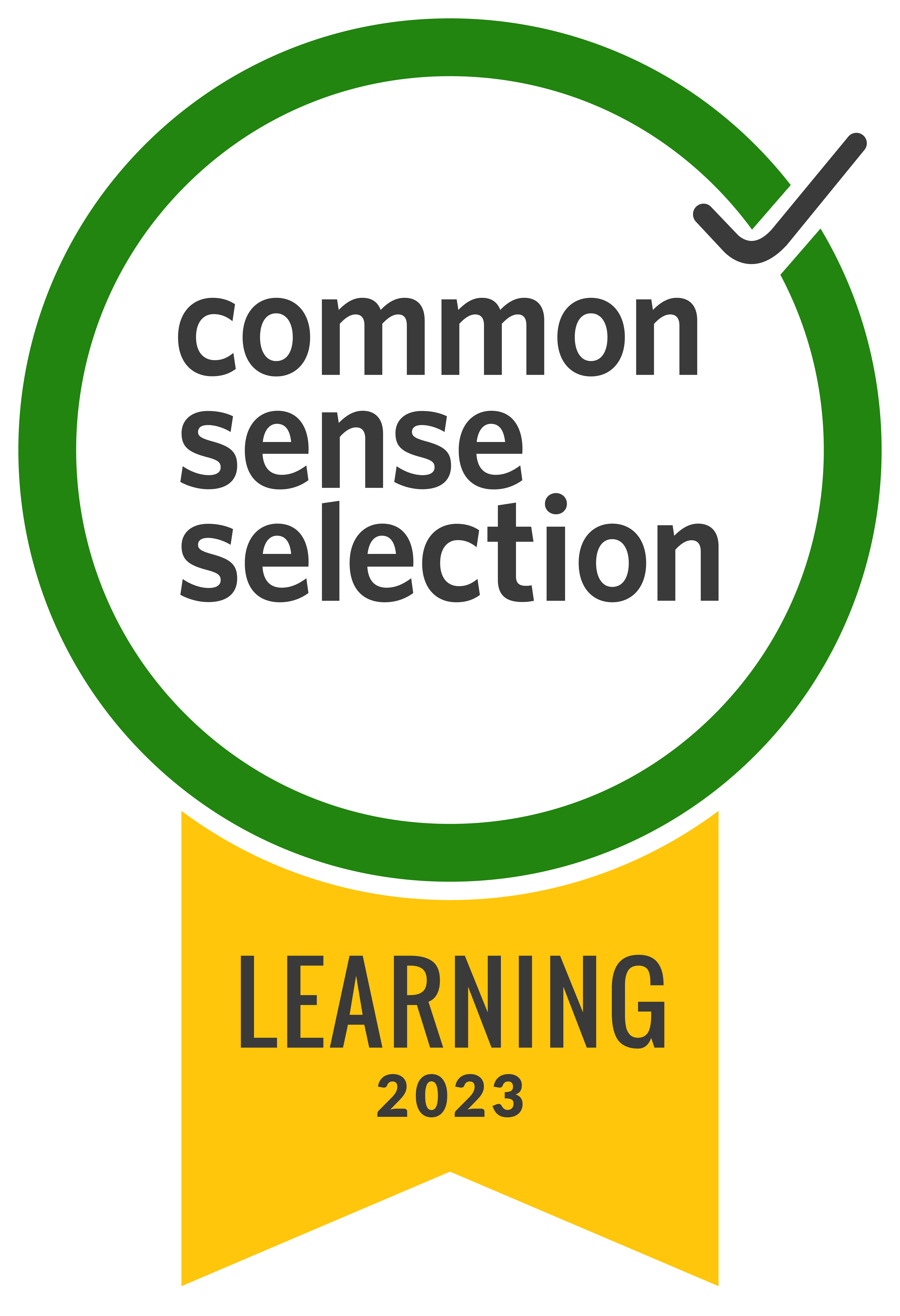There are endless ways to use Screencastify videos in your classroom. And when you use Screencastify to create audio files, you can make lessons even more dynamic, engaging, and accessible!
Audio files can be shared directly with your staff, and students and their families. You can even add them to classroom materials you’ve already created. And, creating them is incredibly simple!
Create audio files with Screencastify 🎶
When you download an audio clip from Screencastify, it will include any sound captured during the recording. You can download the audio from a browser recording, tab recording, or webcam recording so choose whichever option you’d like.
If you plan to speak as part of the audio file or want to capture any other sounds in your environment, toggle on the microphone. If you are planning to include sounds from a video, song, or anything else on your computer, make sure you have the tab or system audio options enabled!
Just like any other Screencastify video, click record and you’re off to the races! The difference here is that you won’t need to worry about what is happening on screen during your recording.
If you trip over your words, stutter, or make any mistakes at all, remember you can always use Screencastify Edit to cut out unwanted video or, in this case, audio.
Once you’re happy with the audio, you can download it from the Video Management Page. On the right side panel, where all the sharing magic happens, you can scroll down to Original Video File. From here, you can select Export as MP3.
In a few seconds, your audio file will be ready! Click Download MP3 to save the file to your computer, where you can share it with your audience. (Pro Tip: The audio will also be saved to your Google Drive.)
Related: Learn why teachers are in the director's chair whether it's video or audio they're producing!
Using MP3s for announcements 🎧
Sometimes, you might want to communicate with your students, staff, and families with just your voice. Using an audio file for communication is personal, like making a phone call, but it saves you from repeating the same message over and over again. You can attach an audio file to an email or another form of communication to still make it personal while saving time.
Read aloud with MP3s 🎤
You can use Screencastify to create videos of your read alouds, but using the audio file instead can be just as useful. Students can use their own copies of a text or book to follow along while you are reading. Share the audio file as part of an assignment on Google Classroom or send it directly to your students. Either way, they can practice auditory processing skills and increase their reading fluency by following along on their own as you read to them in the MP3.
Insert audio in a presentation 💻
Sharing your class presentations with your students can be a great way for them to return on their own to information you have learned together. It can be helpful to add narration so students can more easily navigate through the slides in a meaningful way.
In Google Slides, for example, just select Audio from the Insert menu and then add your audio file. You can re-size the icon on the screen to make it bigger or smaller. Students can click the icon to hear the narration or you can even change the settings so it plays automatically as students go through the presentation. Now your presentations are accessible and engaging for all types of learners!
Explain assignments with an MP3 📄
Even if you provide written directions for your students, audio instructions can help students to feel more comfortable and confident as they tackle assignments independently or in groups. On Google Classroom, you can attach the MP3 file from your Drive or your computer to make assignments, announcements, and materials more clear.
Create podcasts for students, parents or staff 🎙
Podcasts (such as EdTech Heroes!) are one of the most popular ways to get news or learn about sports, comedy, pop culture and more. However, they can also be used by educators to share information with staff, students, parents, or all of the above! Simply upload your MP3 that you created with Screencastify to the podcast publisher of your choice.
And if you would like to create a podcast for a specific audience only (staff only, for example), you can publish and share privately via most popular directories. Most of the popular directories support private podcasts, including Apple Podcasts, Google Podcasts, Pocket Casts.
Start recording audio files today!
There are so many incredible ways to use audio files to make your teaching more dynamic. Try out some of the ways we’ve explained or let us know if you have your own ideas!

.svg)







